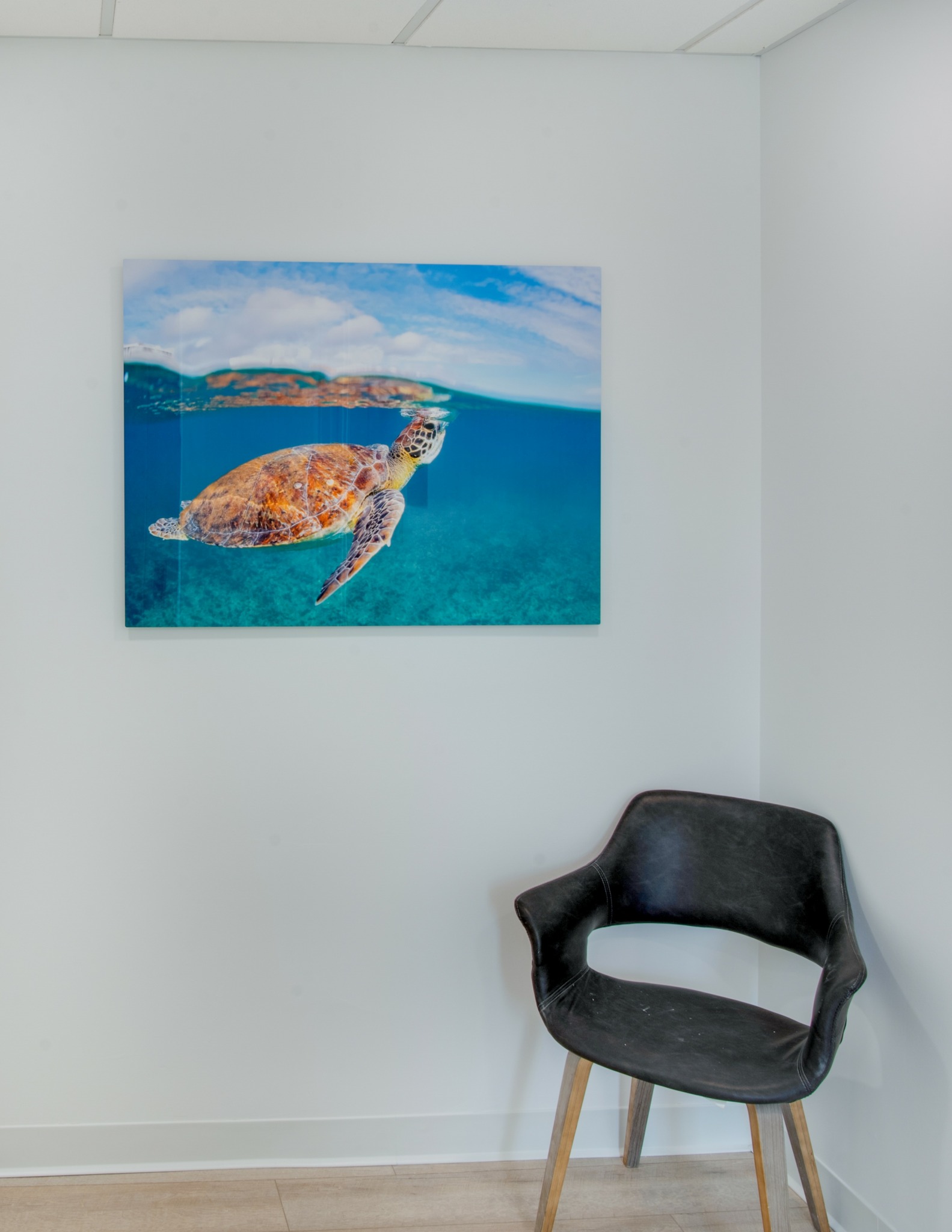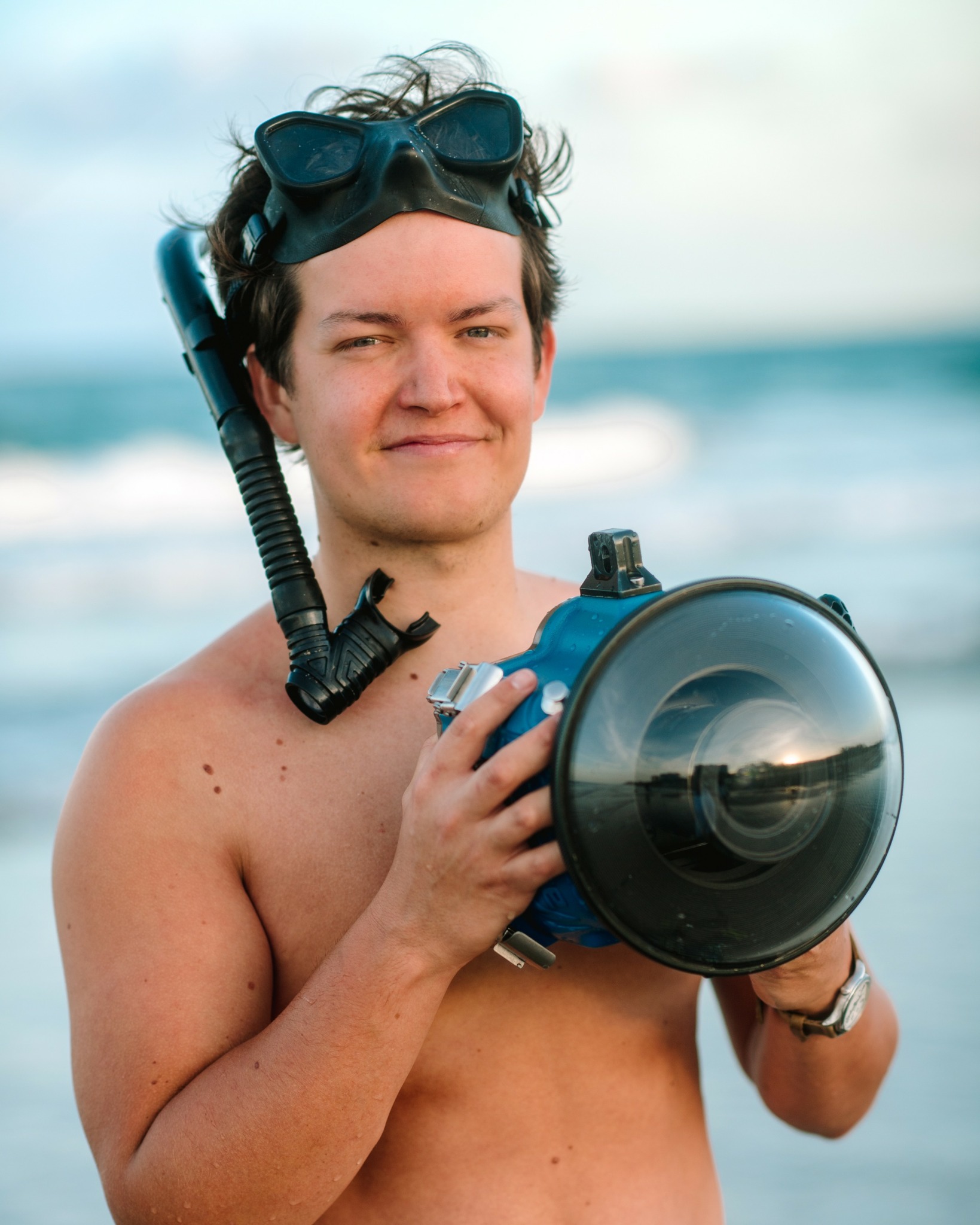We recently connected with Kyle Soto and have shared our conversation below.
Hi Kyle, thanks for joining us today. How did you learn to do what you do? Knowing what you know now, what could you have done to speed up your learning process? What skills do you think were most essential? What obstacles stood in the way of learning more?
I learned underwater photography through a lot of time spent in the ocean, combining my background in freediving and surfing with a growing understanding of how to use a camera underwater. I started small, using a GoPro, and gradually worked my way up to a DSLR. Most of my learning came through trial and error—diving with my camera, experimenting with settings, and figuring out what worked. I also had incredible mentors who taught me the fundamentals of photography and helped me refine my skills.
If I could go back, I would spend more time practicing photography in controlled environments, like at home or in a pool. Early on, I would head straight into the ocean to learn, but it’s a challenging place to figure out camera settings. Taking more photos in low-pressure environments would have helped me build confidence with my camera and better understand its settings before heading into the unpredictable ocean environment.
The most essential skill for underwater photography is being comfortable in the water. If you’re uneasy or can’t stay calm underwater, it’s tough to focus on composing shots. Freediving and surfing gave me that comfort. Another key skill is understanding lighting, which is especially tricky underwater because it changes constantly. Recognizing when to adjust your settings is critical to capturing great shots.
For me, eagerness was the biggest obstacle. I was so excited to take photos in amazing situations—whether it was sharks, dolphins, or other marine life—that I often jumped in before fully understanding how to operate my camera. This led to missed opportunities and frustration when my shots didn’t turn out as I hoped. Slowing down and building a stronger technical foundation first would have helped me learn more effectively.

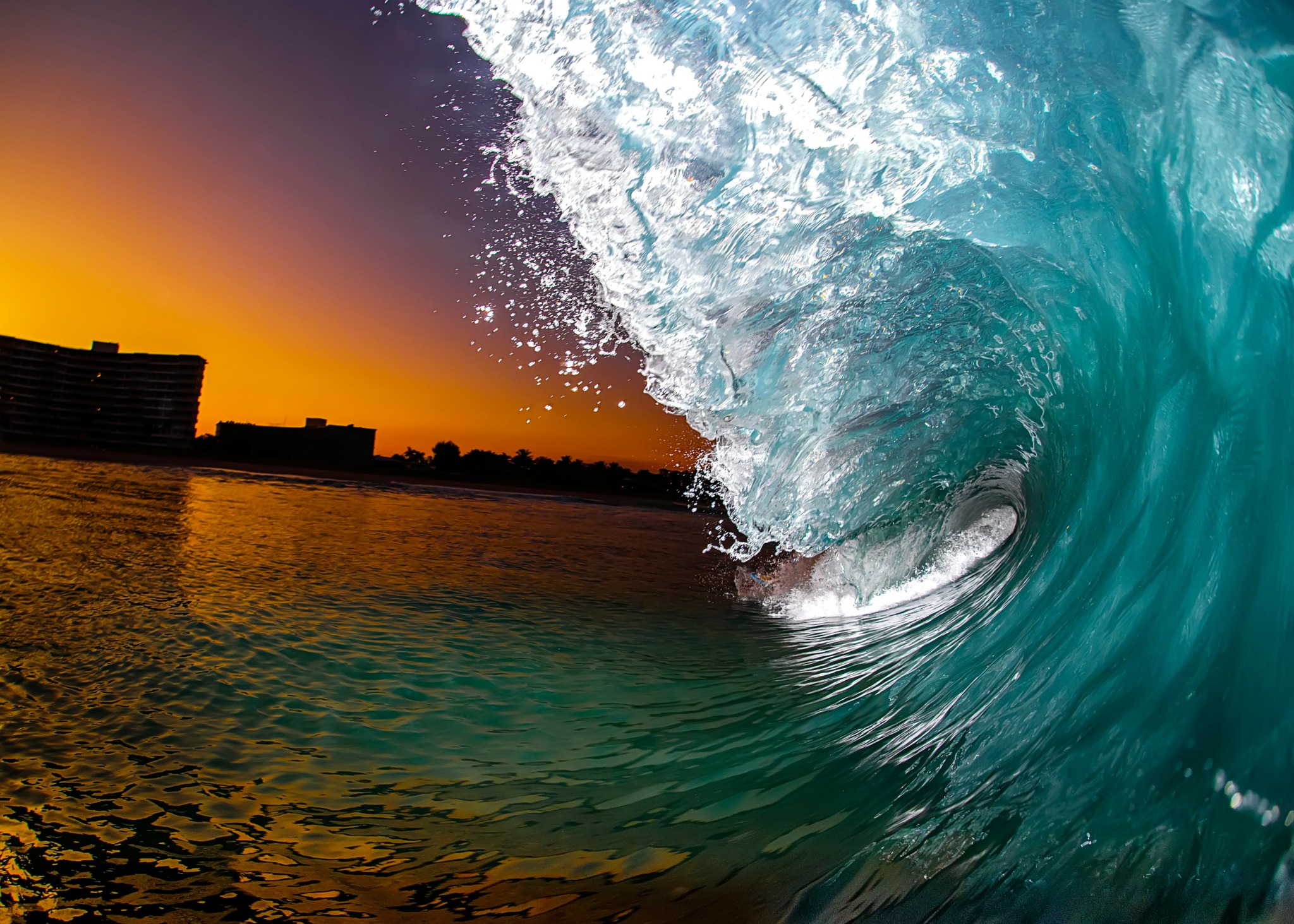
Awesome – so before we get into the rest of our questions, can you briefly introduce yourself to our readers.
I’m Kyle Soto, and my work is rooted in resilience, passion, and a deep connection to the ocean. My journey into underwater photography began after a life-changing experience: a decade ago, I was diagnosed with cancer and spent a year confined to a bed. Being away from the ocean, which had always been my source of comfort and inspiration, sparked a desire to share its wonders with those who, like me at the time, couldn’t experience it firsthand.
When I recovered, I decided to pursue underwater photography as a way to reconnect with the sea and to capture the underwater world. Growing up along Florida’s coastline gave me a lifelong connection to the ocean, and I combined that with my fascination for photography to create images that tell the ocean’s story.
Each photo captures a moment of marine life or the powerful energy of the ocean. I aim to bring the underwater world to life for people who may never get the chance to see it themselves.
What sets my work apart is the perspective I bring from my personal journey. Surviving cancer taught me to approach life with gratitude and determination. My background in freediving and surfing also allows me to navigate the ocean, giving me the ability to capture moments others might miss.
I create captivating underwater photography that serves as a window into the ocean. My work is ideal for art collectors, ocean enthusiasts, or anyone looking to connect with the sea through visuals. What I’m most proud of is the ability to inspire others—whether it’s by raising awareness about ocean conservation or simply bringing the sea into someone’s living room.
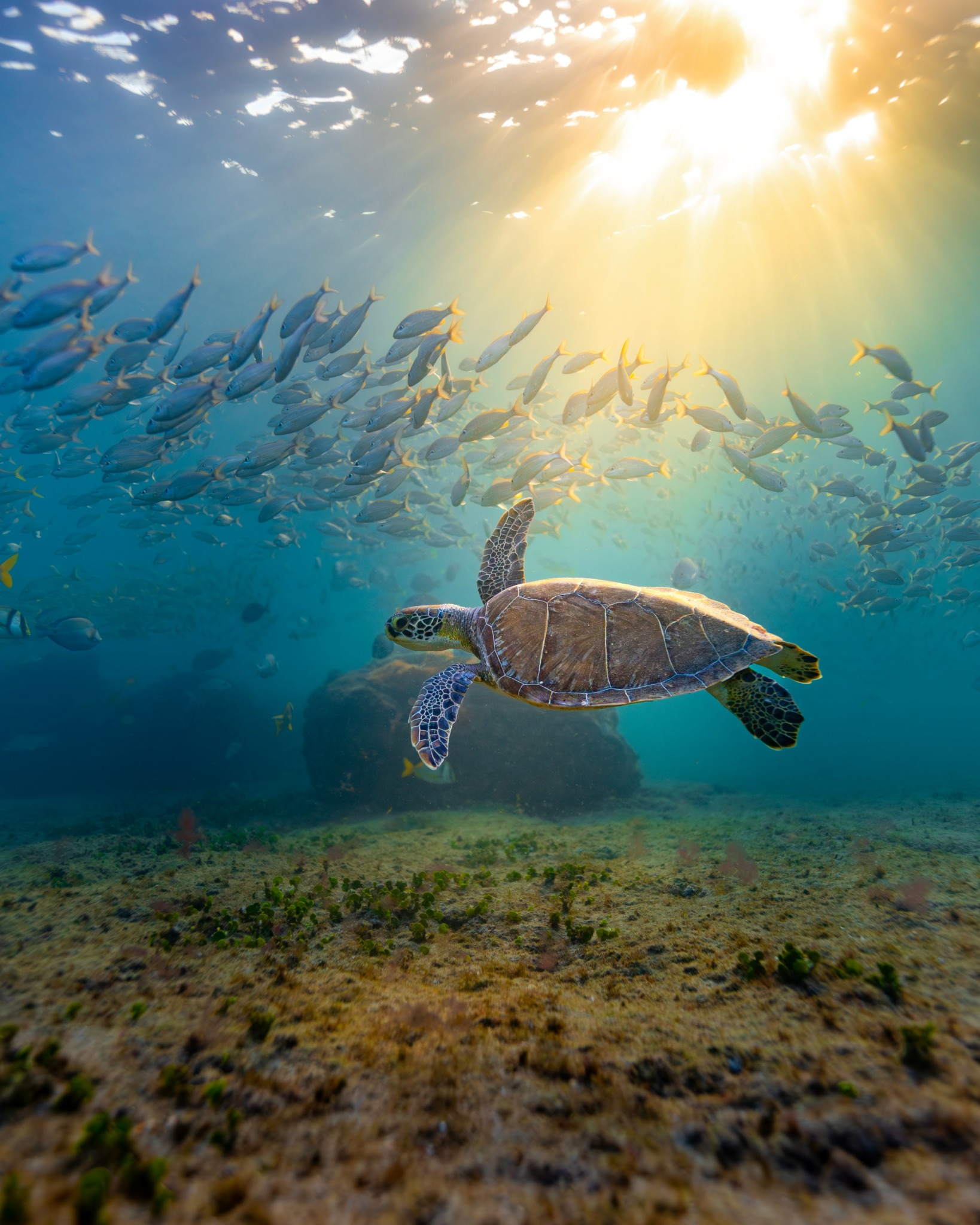
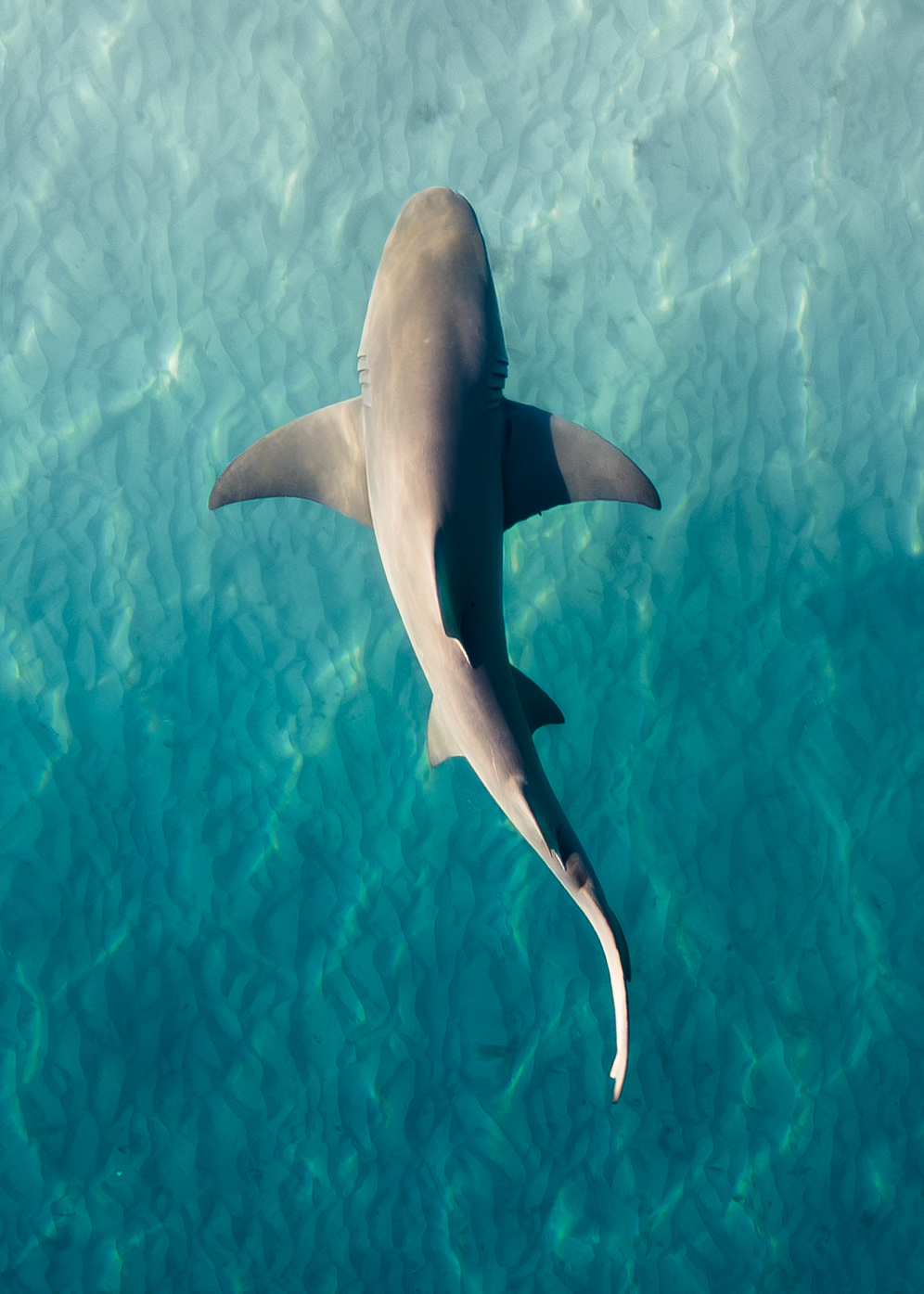
For you, what’s the most rewarding aspect of being a creative?
The most rewarding part of underwater photography is spending time in the water with incredible animals. Growing up, I was obsessed with ocean animals—I even collected trading cards featuring them. Now, my photographs feel like my own version of those cards, but they’re built from real-life encounters.
Every photo is a way to relive the amazing moments I’ve spent out in the ocean. It’s awesome to see these animals frozen in time, reminding me of the experiences I’ve had in nature. My love for animals came long before my love for photography, and that passion is what keeps me motivated. Getting to meet new animals and capture them in their natural habitat is what makes this work so special.
It’s also really rewarding to share these images with others. A lot of people never get the chance to experience the ocean up close, and I love being able to give them a glimpse of that world. Seeing how much joy my photos bring to people is just as meaningful as the time I spend capturing them. At the end of the day, the animals speak for themselves—I’m just lucky enough to be the guy with the camera.
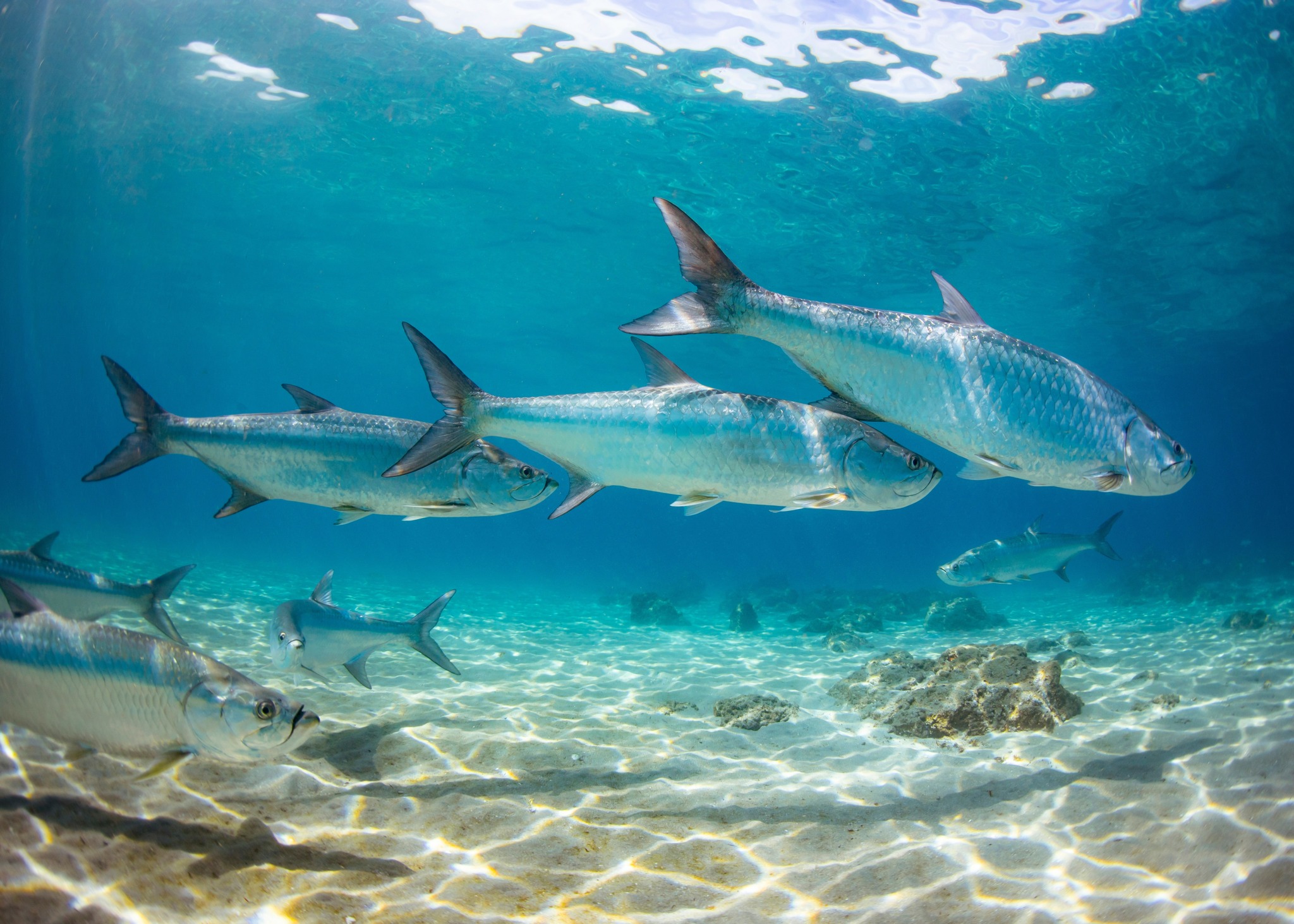

Do you think there is something that non-creatives might struggle to understand about your journey as a creative? Maybe you can shed some light?
With social media, it’s so tempting to tailor your art to what gets the most attention. I’ve had some of my favorite photos barely make a ripple online, while shots I wasn’t even that excited about would blow up. It’s easy to get caught up in that cycle, but I’ve learned that chasing likes or engagement can take the joy out of creating.
For me, it’s all about sticking to what I’m passionate about. If I only shared images because I thought they’d get attention, I’d lose that spark that makes the work meaningful in the first place. My advice? Focus on what inspires you and keep that fire going. It’s much more rewarding to make art for yourself than to chase trends or validation.
Contact Info:
- Website: https://www.kylesotophotography.com/
- Instagram: https://www.instagram.com/kylesoto/
- Facebook: https://www.facebook.com/kylesotophotography/
